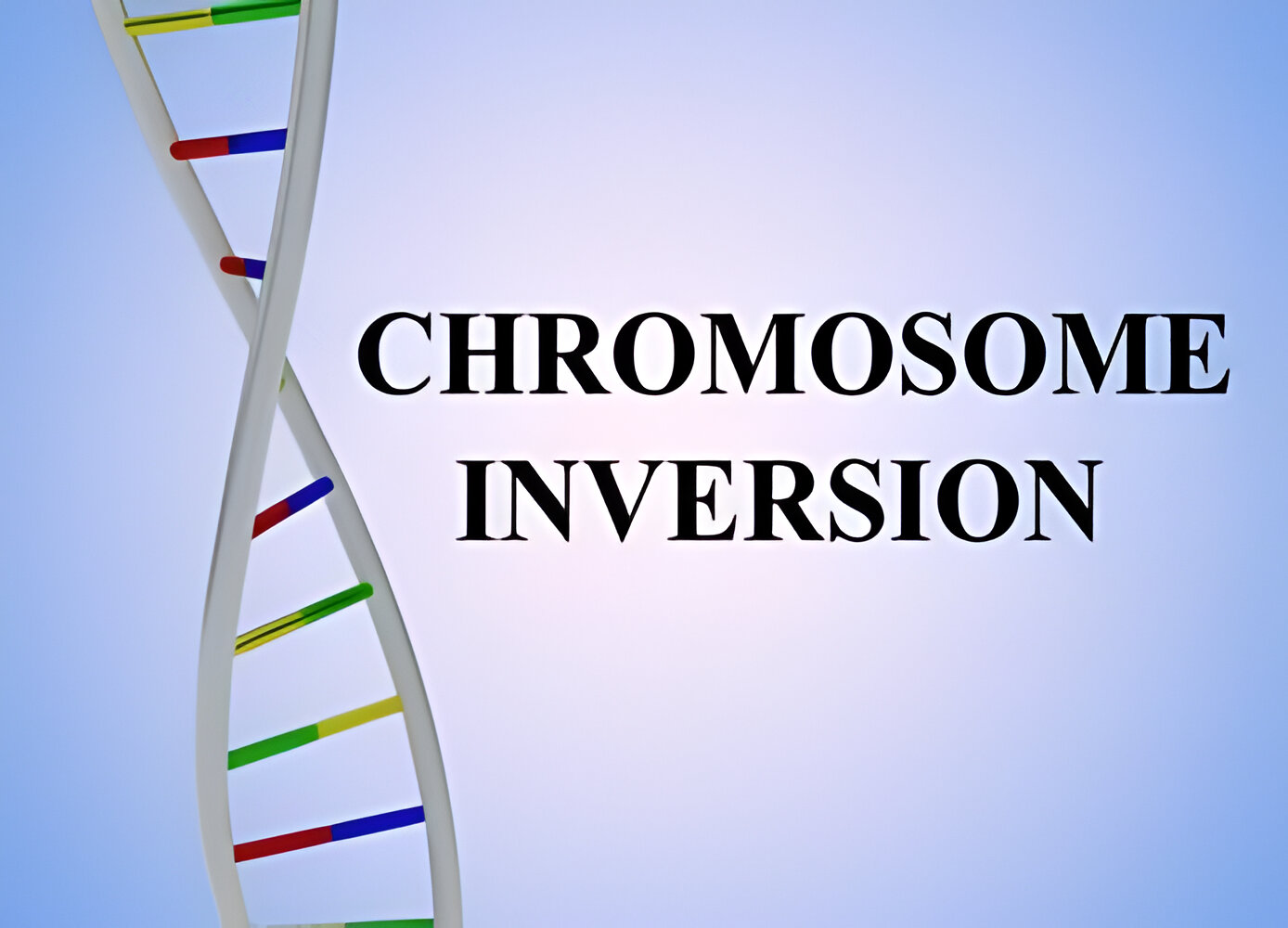What Are Pseudoautosomal Regions On the Sex Chromosomes?
Pseudoautosomal regions (PARs) are unique regions on the X and Y chromosomes (sex chromosomes) that show some similarity in their DNA sequence.
Only a very tiny region of the Y chromosome — which is considerably smaller than the X chromosomes — is homologous with the X.
Learn more about pseudoautosomal regions and their functions.
What Are Pseudoautosomal Regions On the Sex Chromosomes? Read More »








